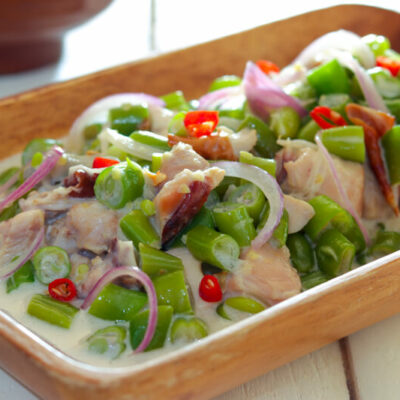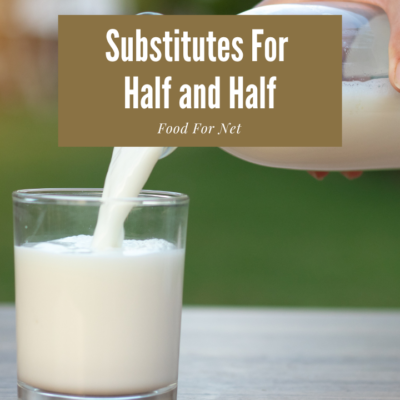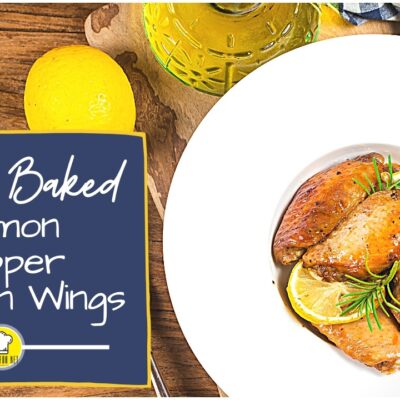
Maja Blanca
Speed - 97%
Simplicity - 98%
Tastiness - 100%
98%
Exquisite.
The depth of flavor and delicately smooth texture of this delicacy is unbelievable. It's simply melt-in-your-mouth redefined.

Ingredients
- 1 400ml-Can Coconut Milk
- 1 354ml-Can Evaporated Milk
- 1 300ml-Can Condensed Milk
- 3/4 Cup Fresh Milk
- 3/4 Cup Cornstarch
- 1 Cup Sweet Corn Kernels
- 1 Tablespoons Coconut Oil
Instructions
- Combine the coconut milk, evaporated milk, and condensed milk in a pot. Simmer for 5 minutes.
- Dissolve the cornstarch in fresh milk in a separate bowl.
- Add the corn into the pot.
- Whisk in the cornstarch slurry into the pot and heat until the mixture thickens.
- Brush sides and bottom of a deep baking dish with coconut oil.
- Pour the maja blanca into the oiled dish.
- Leave at room temperature for an hour.
- Chill in the rerigerator for at least 2 hours.
- Slice and optionally serve topped with toasted coconut shavings.
Literally translating to “white delicacy”, Maja Blanca is a dish of Spanish origin that has become a very popular Filipino dessert, present at almost any festivity. A maja blanca recipe is basically coconut milk pudding thickened with a cornstarch slurry or with agar powder.
Though more commonly prepared with the mere addition of sweet corn kernels and sugar, several variants such as that with purple yam or squash puree, can also be had.

Compared to a panna cotta most of the time, texture would be the only similarity that these two delicacies share. The use of coconut milk gives the maja blanca a subtle yet very distinct depth of flavor. It’s an interesting dessert that’s worth trying at least once, even if it seems a little strange.
We’ll be adding more complexity into this recipe by actually using four types of milk.
Start by combining the coconut milk, evaporated milk, and condensed milk in a pot and simmer the mixture for about 5 minutes. Whisk constantly to keep anything from burning.

Add about a cup (or more) of sweet corn kernels into the mixture and give it another minute or two to soften a bit.

Dissolve the cornstarch in an equal amount of fresh milk, and whisk the slurry into the pot.
It won’t take long before the mixture thickens and should be taken off the heat. Unlike flour, cornstarch thickens quickly yet loses its binding property with extended exposure to heat.
Gelatin could also be used to stabilize this milk mixture instead of cornstarch at the expense of that sheen which is characteristic to a maja blanca.
Most recipes you’ll find would call for the addition of extra sugar. I prefer my desserts on the less-sweet side and find the condensed milk to give just enough of the sweetness that I like. You can easily add some sugar if you prefer your treats on the sweeter side.

Meanwhile, take a deep baking dish and brush its sides and bottom with some coconut oil. This adds more coconut flavor while serving as a release agent, making unmolding the maja blanca a whole lot easier in the end.

While still hot, pour the contents of your pot into the prepared baking dish. Leaving the maja blanca mixture for too long in there would cause it to cool and set right inside your pot.

Leave the maja blanca for a while on the kitchen counter. When it has come to room temperature, transfer it into the fridge and give it another hour or two to fully set.

Finally, invert the baking dish onto a serving platter to unmold your maja blanca. Cut it into serving portions and top with toasted coconut shavings.
More traditionally, this delicacy would be topped with browned coconut milk curds locally called “latik”.
To prepare “latik”, simply pour coconut milk into a pan, and set it over low heat. The coconut milk solids should separate from the fats after a while, which you’ll see as curds suspended in naturally-rendered coconut oil inside the pan. Start stirring the curds around with a spatula, allowing them to evenly brown in their own oil without burning.




Other Filipino Desserts
If you find that you enjoy maja blanca, why not try other Filipino desserts? There are many delicious ones to choose from, in plenty of different styles. Here are five popular desserts to get you started.
Leche Flan
Let’s begin with a familiar dish. Leche flan actually has its roots in Spain and can be found in other places as well. You may have already tried a version before, although there are always variations from one country to the next.
Regardless, we’re basically talking about a rich and smooth caramel pudding that’s normally covered with thick caramel sauce. Leche flan can be served on its own for a delicious and relatively simple dessert or the flavors can be used in other desserts. A leche flan cheesecake is one example, although there are many others too.
Halo-Halo
Halo-halo is a famous Filipino dessert that you’ll often find served at Filipino restaurants. It’s a shaved ice treat that has many different ingredients, such as coconut jellies, sweet red beans, corn kernels, jackfruit, and taro.
The combination is then topped with shaved ice, custard, milk, and other ingredients. You end up with a complex dessert that is typically stirred and eaten with a long spoon (hence the name, as ‘halo’ is a Filipino word that translates to stir).
With such textures and flavors, this isn’t a dessert you’ll forget any time soon. But, it is also a delight.
Ube Jam
Ube jam is simply a type of jam that’s been made using purple yams and milk (which makes it quite different than the jams we’re familiar with). It ends up being sweet and creamy, with a strong hit of purple yam flavor.
Vegetable-flavored jam mightn’t sound like a good thing, but don’t knock this treat until you’ve tried it. Seriously. The flavor profile is incredible and you’ll quickly be back for more.
Of course, you don’t need to eat this jam as-is. It also works well in many more complex desserts, partly because of the bright purple color.
Polvoron
Polvoron is a little like shortbread, although it’s made using toasted flour, sugar, powdered milk, and butter. Some versions use extra ingredients for flavor, like ube jam or toasted rice.
The dessert is somewhat dry and flaky, so it crumbles in your mouth as you take a bite. It also offers a rich flavor that keeps people coming back for more.
Puto
Finally, we have puto, which are small steamed rice cakes. They can be white, but are often colored instead.
Added flavor ingredients make these treats interesting. You’ll sometimes even see salted egg or cheese versions. In fact, the white cake with cheese on the top is easily the most common style.
While those ingredients sound a bit odd with cake, the combination works surprisingly well. This is partly because the spongy cake only has mild sweetness, so it works well with sweet and savory toppings.


















 Sous Vide French Fries Recipe
Sous Vide French Fries Recipe
Great recipe! Will be making one soon and try using the four types of milk.
I will try to make it now
It’s my favorite dessert, how canI get the recipe?